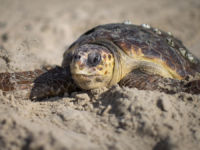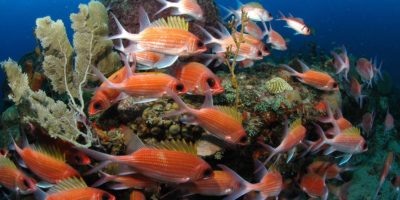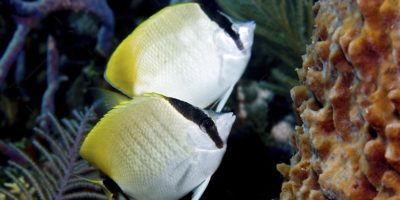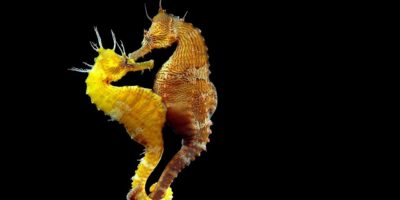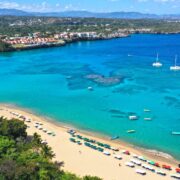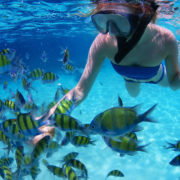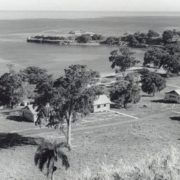Sea turtles are ancient mariners, covering vast distances across all the oceans except for the polar regions. They are reptiles of the order Testudines, suborder cryptodira. There are seven species: The hawksbill, green, loggerhead, Kemp`s ridley, Olive ridley, Flatback, and Leatherback. They have been on Earth for 100 million years.
Gallery
Distribution & Habitat
Sea turtles can be found in all oceans except for the polar regions. The flatback turtle is only found on the Northern coast of Australia. The Kemp`s ridley is only found in the gulf of Mexico and along the East coast of the United States. During the first 3-5 years of life, sea turtles spend most of their time in the pelagic zone floating in the seaweed mats. Once the sea turtle has reached adulthood, it moves closer to the shore.
Their Physiology
A sea turtle`s body is protected by its shell, which is divided into two sections: the carapace (the dorsal portion) and the plastron (the ventral portion). The sea turtle`s shell is made up of smaller plates called scutes. The leatherback is the only sea turtle that does not have a hard shell. Instead, it bears a mosaic of bony plates beneath its leathery skin.
The leatherback (Dermochelyidae) is the largest sea turtle species, measuring 2-3 meters in length, and 1-1.5 meters in width, weighing up to 700 kilograms ( 1500 lb ). Other species (Cheloniidae) are smaller, being mostly 2-4 ft in length, and proportionally narrower.
Sea Turtle Diet
4 species of sea turtles are omnivorous their entire life, those are the hawksbill, olive ridley, Kemp`s ridley and loggerhead. They eat plant and animal life such as decapods, seagrasses, seaweed, sponges, mollusks, worms, fish and other species. Leatherback turtles feed exclusively on jellyfish and help control jellyfish populations. Hawksbills mostly eat sponges, which is 70-95% of their diets in the Caribbean.
On Video: Sea Turtle eating a Jellyfish
Reproduction
It takes decades for sea turtles to reach sexual maturity. They travel thousands of miles to reach breeding sites, and after mating at sea, adult females return to land to lay their eggs. In some cases, females return to the beach where they hatched. This can take place every two to four years in maturity. In the Dominican Republic, sea turtles have been observed to lay eggs and hatch, notably the leatherback ( in Cabarete beach ) and the hawksbill ( in Sosua beach ).
Green turtle in Sosua Bay
Sources:
- Britannica – Sea turtles
- National Geographic Kids – Green turtles
- WWF – Sea turtle
- Wikipedia – Sea turtle species
- Eric Hertsens – Green turtle in Sosua bay




